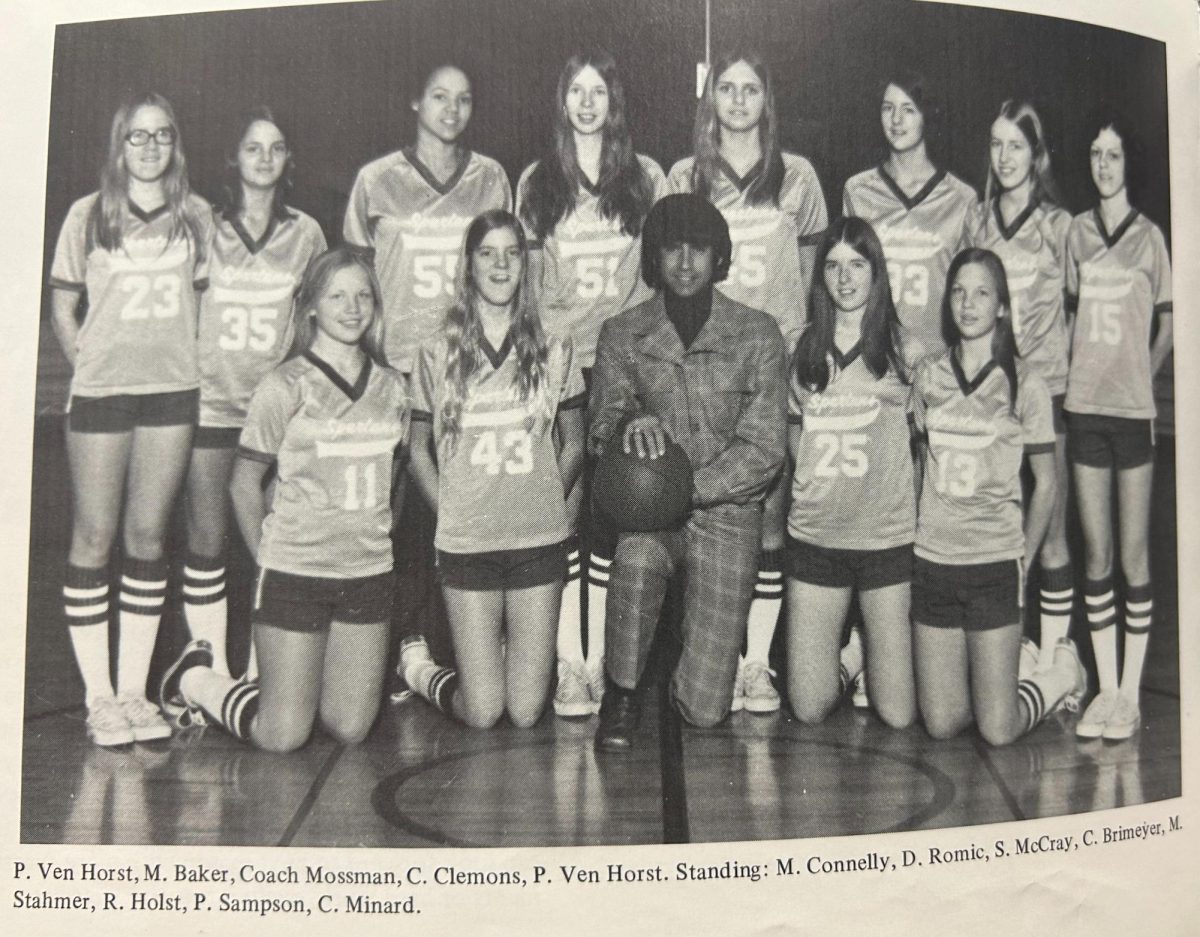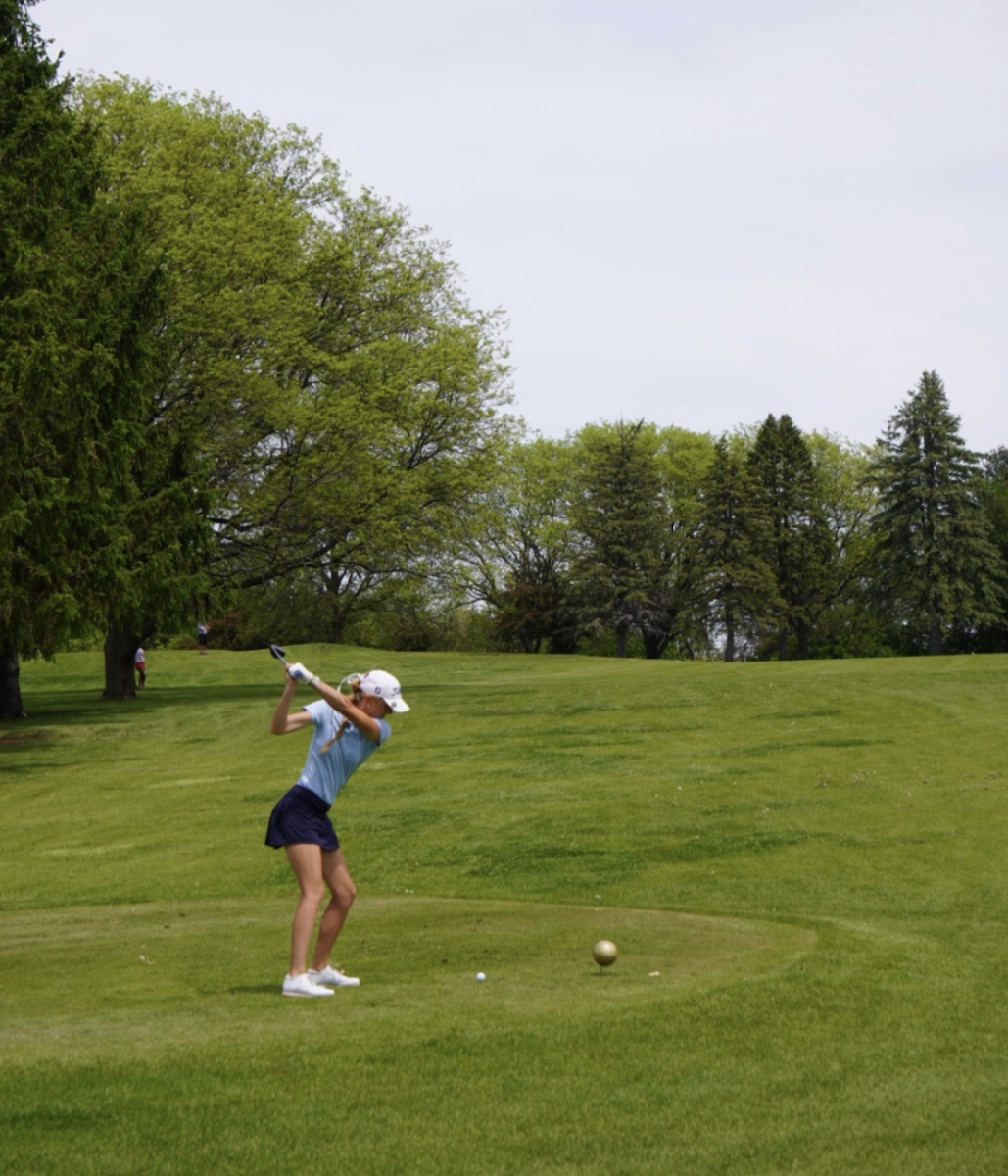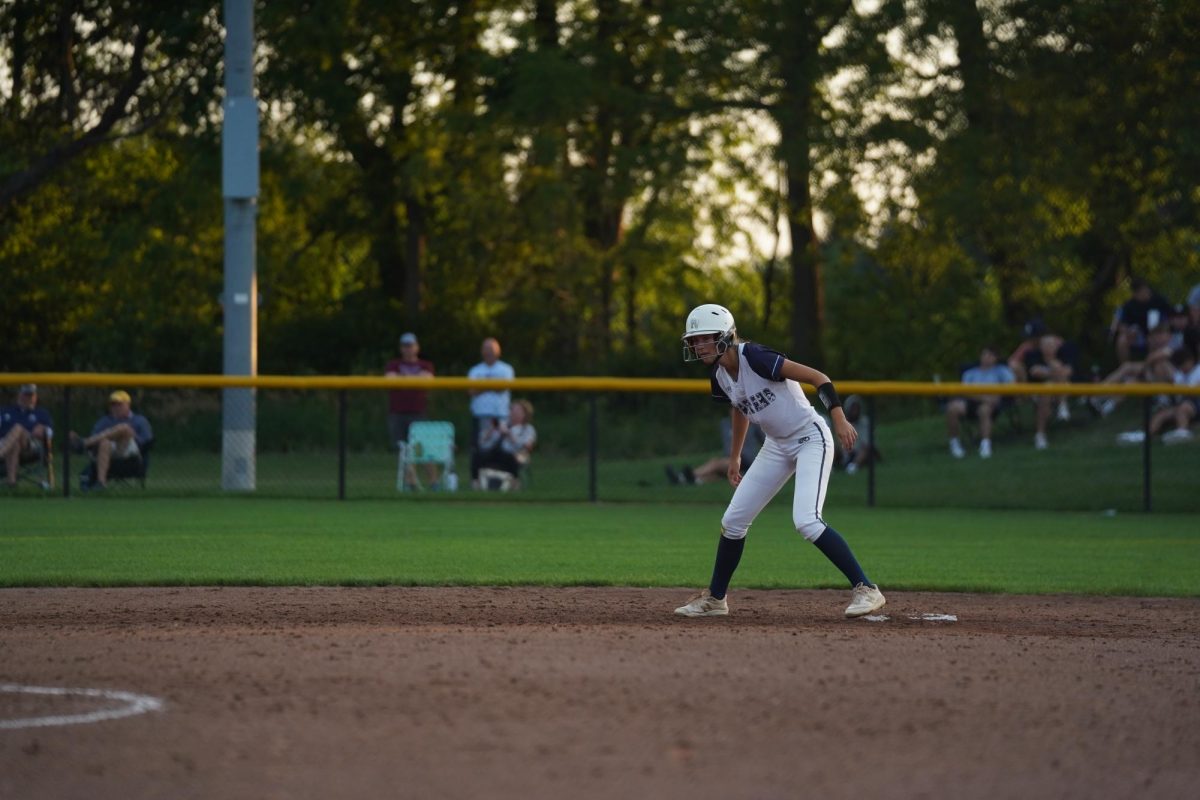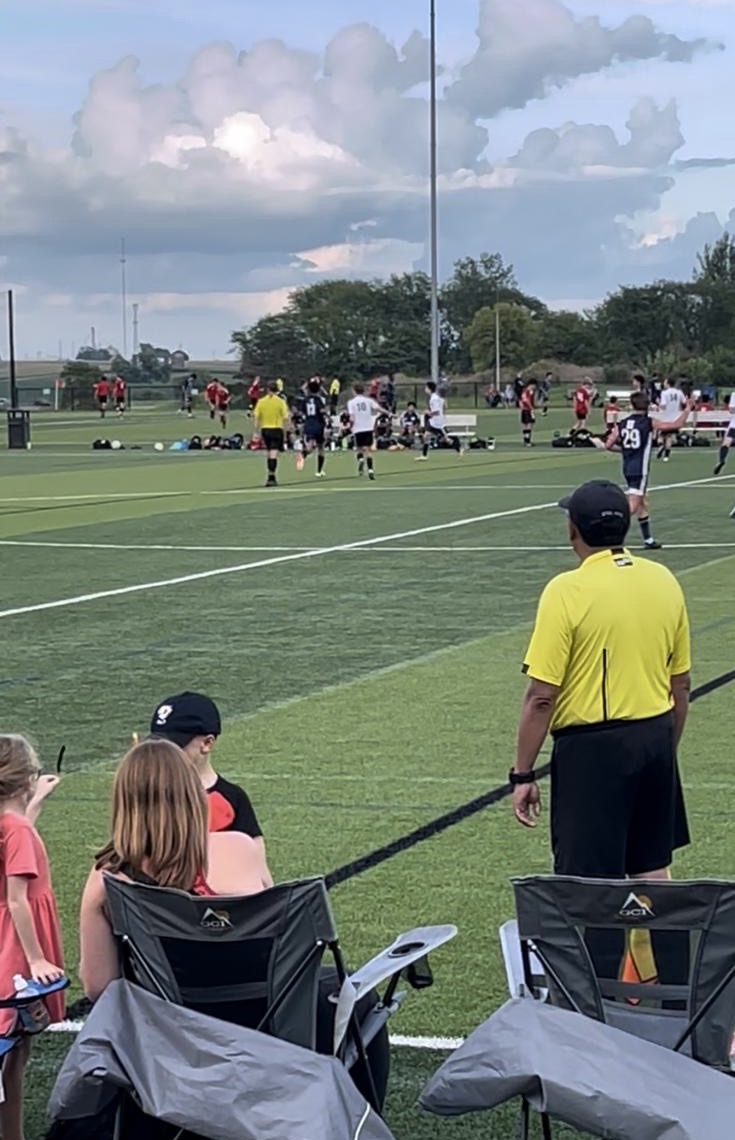Spartan Nation was treated to a historic evening when the girl’s basketball team hosted North Scott Dec. 15. Members of the 1973-1974 girls basketball team— PV’s first ever —were honored in celebration of the legacy they’ve created at the school— a legacy that all started because of Title IX.
On June 23, 1972, Title IX was signed into law by President Nixon, providing everyone the right to participate in any education program or activity receiving Federal financial assistance, regardless of their sex. This law also meant that public institutions must provide equal funding for boys’ and girls’ athletics.
While Title IX was meant to bring more equality to high school athletics based on the basis of sex, Pleasant Valley was in the midst of getting rid of one of its few girl’s sports: track and field. The coach was getting married, moving away and the school board did not want to pay for a replacement coach, so the girl’s track program was going to end.
But Richard Kuehl, the father of two daughters on the track team, wasn’t going to let girls’ athletics at PV disappear without a fight.
After going through the superintendent and not getting the answers he wanted, Richard started to take action. “I lobbied and I talked and finally I found one school board member that was sympathetic to my position,” said Richard. While trying to lobby with the school board, Richard also found an attorney and began drawing up a lawsuit under the 14th Amendment’s Equal Protection Clause.
Ivan Paulson, the sympathetic school board member, agreed to introduce a resolution to expand the girl’s sports programs through additional coaching and expenditures. Richard also received personal commitments from other board members that they would enact the bill. But even with the personal commitments from board members, “when the meeting came to introduce the resolution I couldn’t get a second,” said Richard.
The next day, Richard filed a lawsuit against the school board. The school board was violating the constitution and had no defense, so the school board’s attorney proposed a deal. “They said, ‘If we agree to expand girls programs, would you agree to withdraw the lawsuit?’ and I said, ‘Sure’ because that was the whole purpose of the lawsuit: to force them to do something,” explained Richard.
Title IX and the Equal Protection Clause were instrumental in bringing female athletics to high schools and other educational institutions. “Had Title IX not passed federally, I am not sure what it would have taken to finally bring girl’s basketball and other opportunities to PV,” said Lisa Kuehl, Richard Kuehl’s daughter and a member of the 1973 girls basketball team.
But the newly funded girls’ sports saw its share of fouls. “People would say how ‘girls don’t do these things’ and my two daughters got a lot of flak from the boys in the school for ‘taking away from them,’” said Richard.
But as the sport began to grow, so did the support it received. Richard credits the parents of players with its acceptance over time.
The inaugural Varsity team consisted of nine sophomores and three freshmen and the Junior Varsity team was made up of three sophomores and ten freshmen. “The rationale was that by limiting girls’ basketball teams to underclassmen, the players would have a better chance to develop their skills faster and the teams would excel sooner,” Lisa stated.
In addition to starting with only underclassmen, girls’ basketball was played in a game of 6-on-6 as opposed to the standard 5-on-5. Split into 3-on-3 at half-court, players were either ‘forwards’ trying to score points or ‘guards’ playing defense. This meant that either position couldn’t pass half court. Other changes included limiting the players to two dribbles, jump balls instead of a possession arrow and guards could only grab the ball from a player in the lane.
Another big difference between 5-on-5 and 6-on-6 was the lack of a shot clock. “There was also no shot clock so ‘stalling’ was a much-used tactic,” said Lisa. Even with no shot clock, 6-on-6 girls basketball still went at a very fast pace.
This fast pace made girls’ basketball a fan favorite for crowds. “Girls basketball back then was the hottest ticket in town. It did not take long for PV to find its loyal fan base,” said Lisa. The level of excitement matched the skill of the Spartans on the court, and the team made its first-ever state appearance at the 1978 State Tournament in Des Moines.
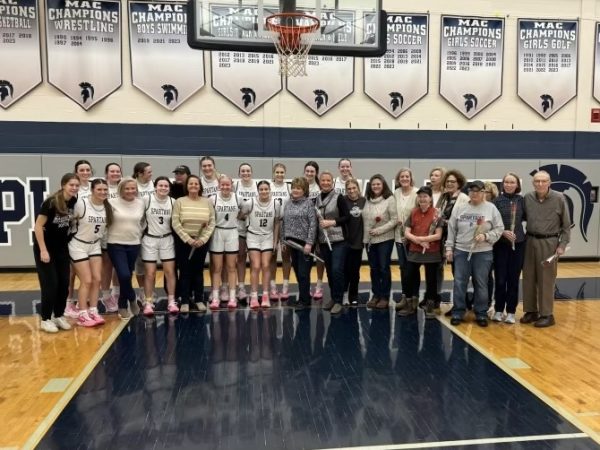
The drive toward perfection reached its peak last year when the Spartans went 26-0.
D’Anne Kroemer, the first female Athletic Director at PV, has been able to watch the girl’s basketball team flourish over recent years. “My favorite memory of PVHS girls basketball was watching the team celebrate the school’s first ever state championship [last year] after the game in the ‘champions corner’ at Wells Fargo Arena in Des Moines,” said Kroemer.
Richard, who moved out of the area years ago, was able to reconnect with the original team and meet the current team during halftime of the North Scott game. To him, this has always meant much more than just basketball, it has been about these women knowing they can achieve anything. “It has enabled a lot of them to use sports as a springboard for bigger and better things,” said Richard.


